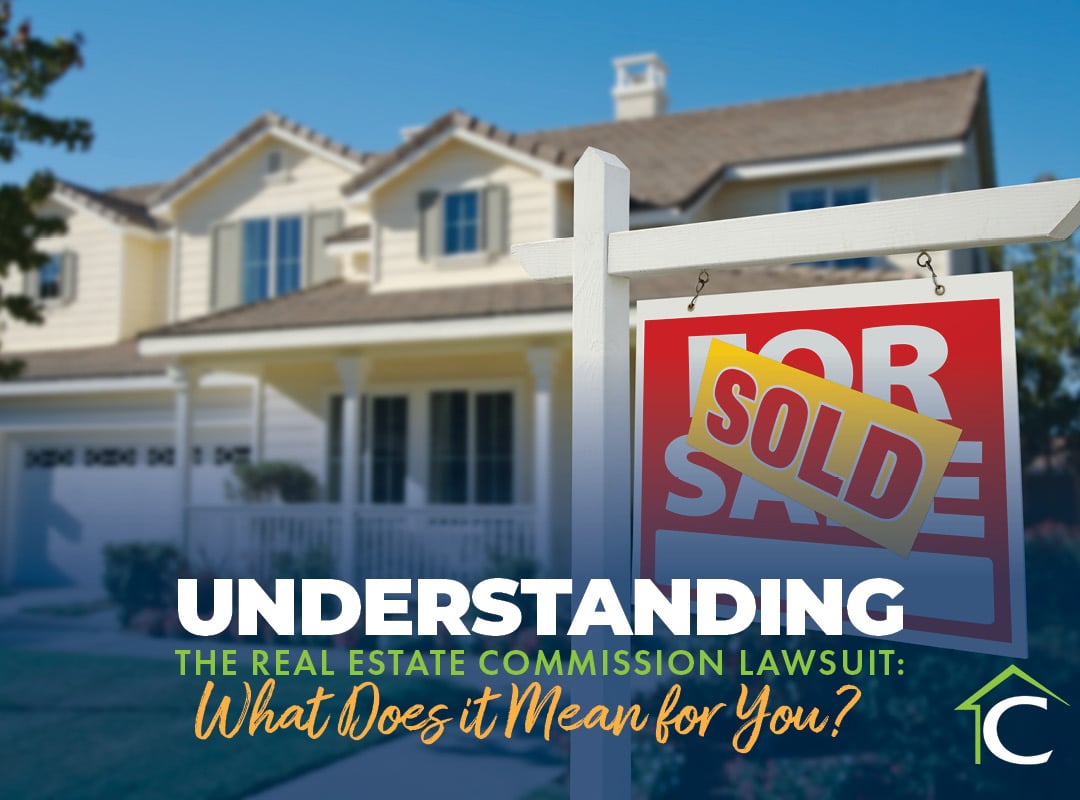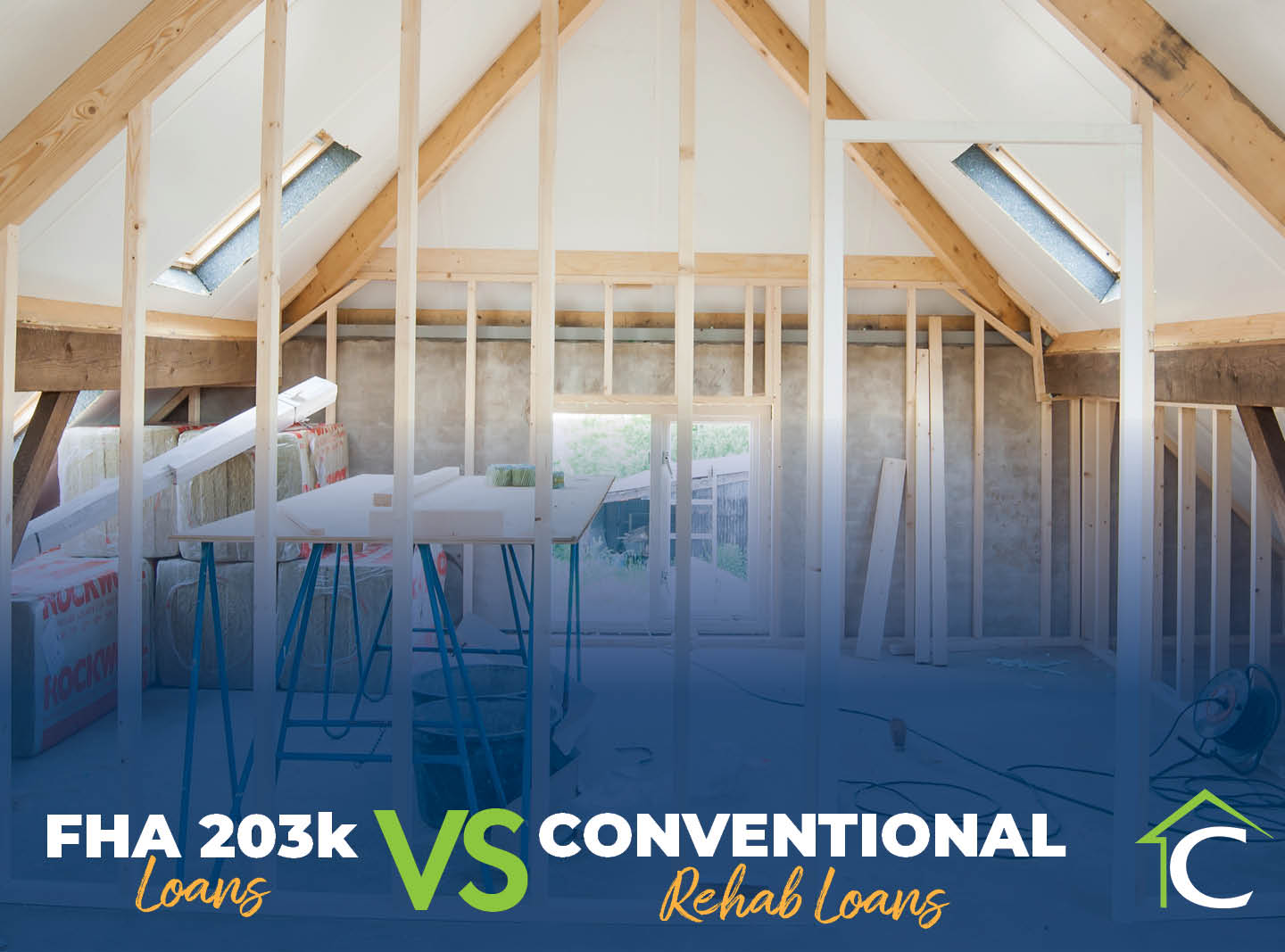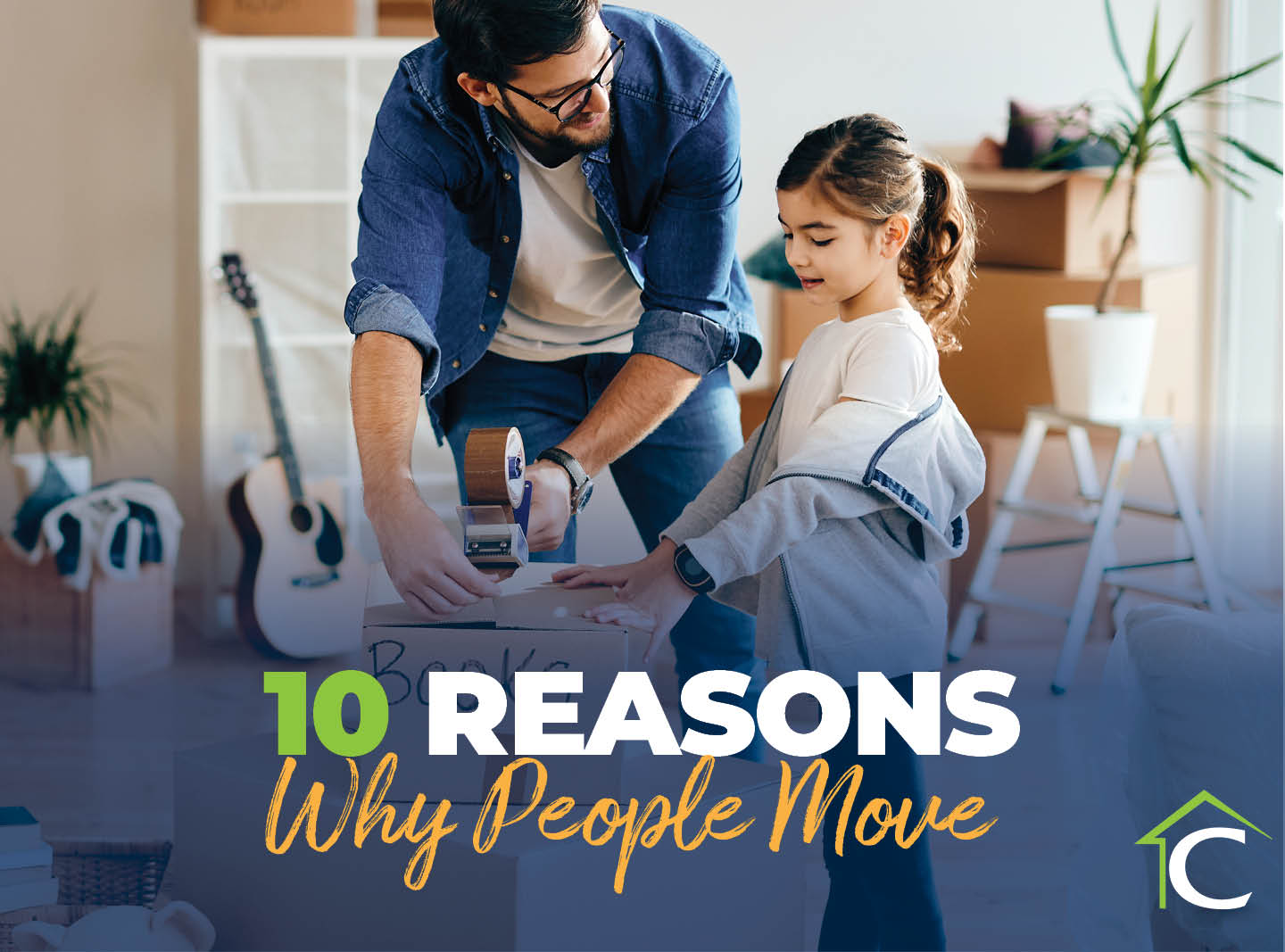Reverse mortgages differ from other mortgage loans and require specific qualifications from loan applicants. Before making any kind of financial decision, it’s best to become educated on the subject in order to understand fully the requirements, the benefits and the long-term effects.
The truth is reverse mortgages do help many people, but that doesn’t mean everyone should run out and get one—there are certain things to keep in mind first.
Here are seven reverse-mortgage facts that all homeowners should be aware of:
- 1. There is an age requirement. To qualify for a reverse mortgage, you must be 62 years of age or older. The age of the younger spouse is one of the factors in determining the amount of money you receive.
- 2. You still own your home. Getting a reverse mortgage doesn’t revoke your title as the homeowner. You still pay homeowners insurance and property taxes just as before. The difference is that you won’t be making monthly mortgage payments.
- 3. It affects your heirs. A reverse mortgage must be settled when the homeowner moves or passes away. If the latter occurs first, the heirs are responsible for settling the debt. This means that they either have to pay out of pocket or sell the home in order to cover the costs. So, if your heirs are interested in keeping your home due to its sentimental value, for instance, a reverse mortgage may not be the best option for you to consider. (NOTE: If the amount your home sells for isn’t equal to the amount owed, your heirs do not have to pay the difference.)
- 4. Non-borrowing spouses don’t necessarily have to move. When two spouses both meet the age requirement for a reverse mortgage, they become co-borrowers. But if one spouse is younger than 62 years old at the time of closing, he or she cannot become a co-borrower.
- 5. The property must be your primary residence. You cannot get a reverse mortgage on a vacation home, for example. You must live in the home the majority of the year. To qualify for a reverse mortgage, your residence can be a single-family home or a multi-family home with two to four units. Some condos are eligible as well.
- 6. Counseling is required. Anyone interested in getting a reverse mortgage must receive counseling in order to make sure they understand what exactly a reverse mortgage entails and all the pros and cons. A qualified counselor can help you determine if this is the best financial decision for you and your family. You can learn more about finding a Home Equity Conversion Mortgage (HECM) counselor by visiting the HUD website.
- 7. You can change your mind. After you get a reverse mortgage, you have a three-business-day window to cancel the loan without any penalty if you change your mind. Make sure you inquire more about this with your lender beforehand, so you will know exactly what to do and whom to contact in the event you want to withdraw from it.
Read more about HECMS and our reverse mortgage solutions.
















